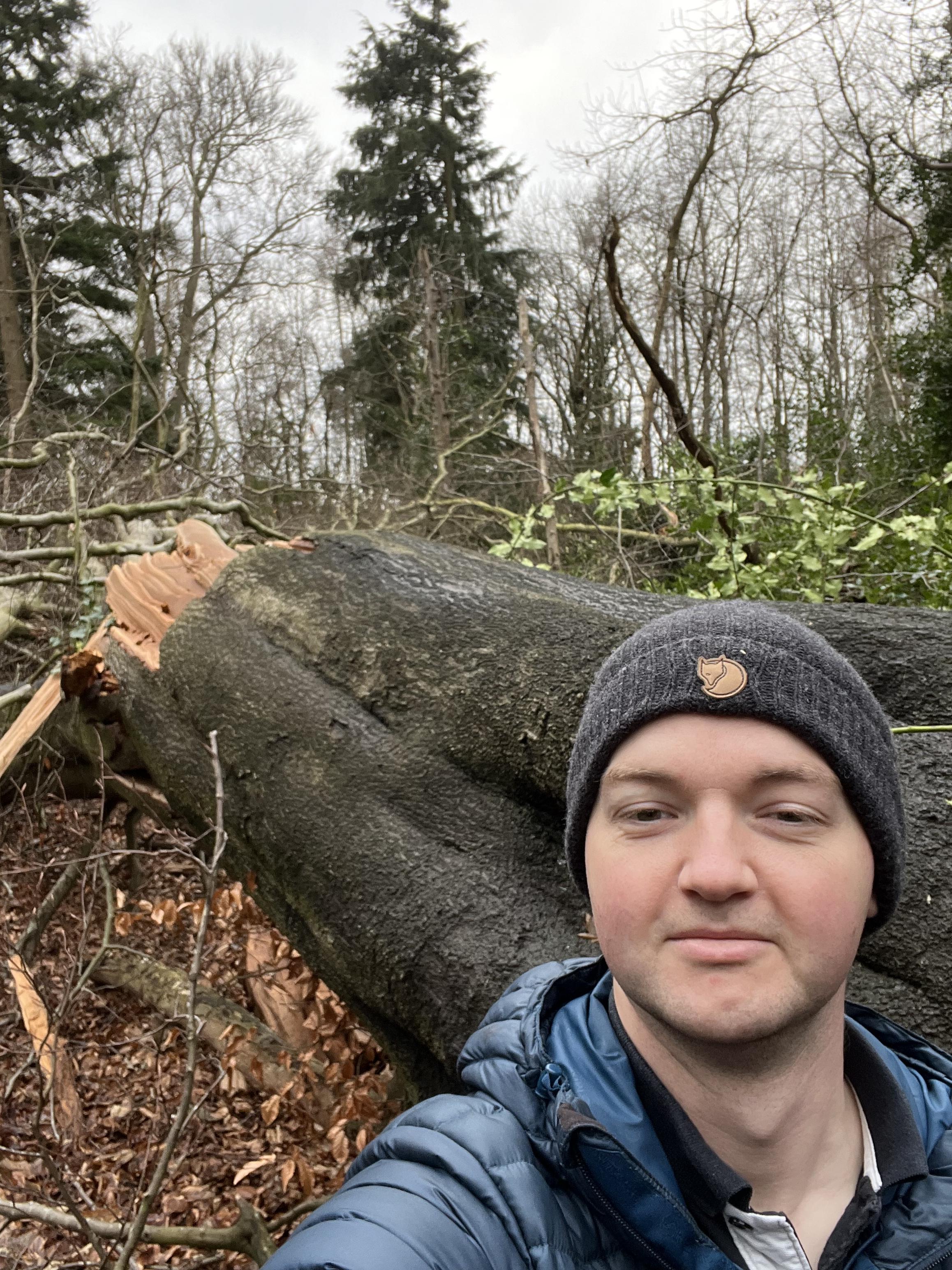if you think how desert trees are adapted to those conditions with the C4 photosynthetic and CAM cycles where they will carry out a lot of their respirational processes at night when the chances of water loss through evaporation is a lot less, by opening stomata at night they can respire in cooler conditions and release stored CO2.
They also grow their roots to find water deeper beneath the surface, i did desert plants and adaptations for an assignment. Cacti for example have the stem as their 'leaf' and have the spines for protection to stop heat getting inside because of attack from birds for example. they store vast amounts of water in their trunks also.
Look at the baobab trees, they store huge amounts of water in their stems, so they must put on growth somewhere, it may be constant all year round at a very slow rate, or it may speed up in winter where they can cope with the cooler conditions.
Tropical trees, its more like a constant growing season, but during cooler months they will slow their growth down, which will give them a sort of ring. But not as we see in our trees over here. For example, an oak with its ring porous cells has huge 'transport potential' where it has large rings which will take up huge amounts of sap. If you look at these down a microscope (ive got photos of it somewhere) you can see the difference in the seasonal variation and where each growing season starts and finishes. The diffuse porous species such as willows have lots of evenly sized ones spread out, which gradually decrease during the year, leaving more lignified areas later in the year, which give us the dark rings.
THis is also a reason how species like oak and willow differ in certain conditions for example an oak will suffer more during drought because water may not stick together forming a contstant stream inside the large pores, and as each one is disconnected, it loses more of its transport potential, where if a willow was in a dry condition, the spaces are smaller, meaning it needs less water to fill it, and losing one of these is a very small loss compared to an oak losing one.
Dendrochronology can only give a range, you could very well count the rings, but trees that are thousands of years old, may not even have all the rings they should!




